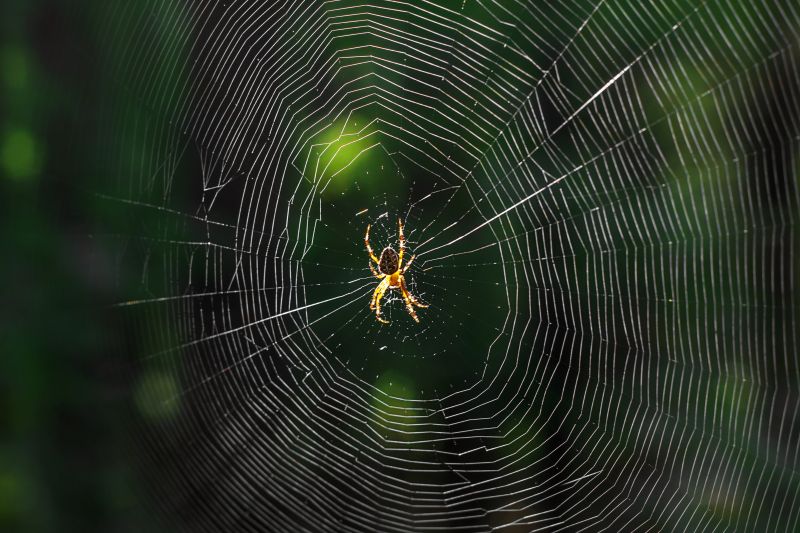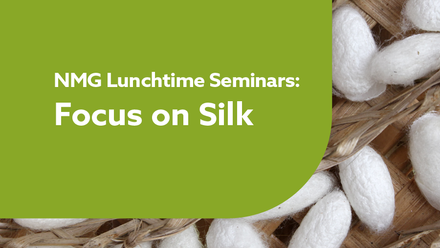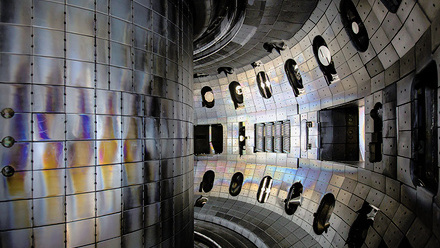Stretching spider silk strengthens fibre properties
Insights could help design strong, biodegradable sutures.

By simulating spider silk in a computational model, Northwestern University, USA, researchers have discovered why the role of stretching is so important.
The process reportedly aligns the protein chains within the fibres and increases the number of bonds between those chains. Both these factors lead to stronger, tougher fibres.
When spiders spin their webs, they use their hind legs to pull silk threads from their spinnerets. This pulling action strengthens the silk fibres for a more durable web.
Researchers already knew this stretching is necessary for making strong fibres. However, to find out more, the researchers delved into what was happening at the nanoscale with their computational model.
The team has validated these computational predictions through laboratory experiments using engineered spider silk.
They have found it is possible to modify the fibre’s mechanical properties simply through modifying the amount of stretching.
Despite developing a ‘recipe’ for spider silk, researchers still didn’t fully understand how the spinning process changes fibre structure and strength.
Through computational simulations with synthetic silk, the Northwestern team reportedly explored how stretching effects the proteins’ arrangement within the fibres. Specifically, they looked at how stretching changes the order of proteins, the connection of proteins to one another and the movement of molecules within the fibres.
Sinan Keten, the study’s senior author and his PhD student, Graham, found stretching caused the proteins to ‘line up,’ which increased the fibre’s overall strength. They also found stretching increased the number of hydrogen bonds, leading to greater strength.
As farming spiders for their natural strong, elastic silk is expensive, energy-intensive and difficult, there is value in the recreation in the lab.
Resulting insights could help researchers design engineered silk-inspired proteins and spinning processes for various applications, including strong, biodegradable sutures.
‘If you don’t stretch the material, you have these spherical globs of proteins,’ Graham says. ‘But stretching turns these globs into more of an interconnected network. The protein chains stack on top of one another, and the network becomes more and more interconnected. Bundled proteins have more potential to unravel and extend further before the fibre breaks, but initially extended proteins make for less extensible fibres that require more force to break.’
‘I definitely look at spiders in a new light,’ Graham says. ‘I used to think they were nuisances. Now, I see them as a source of fascination.’









